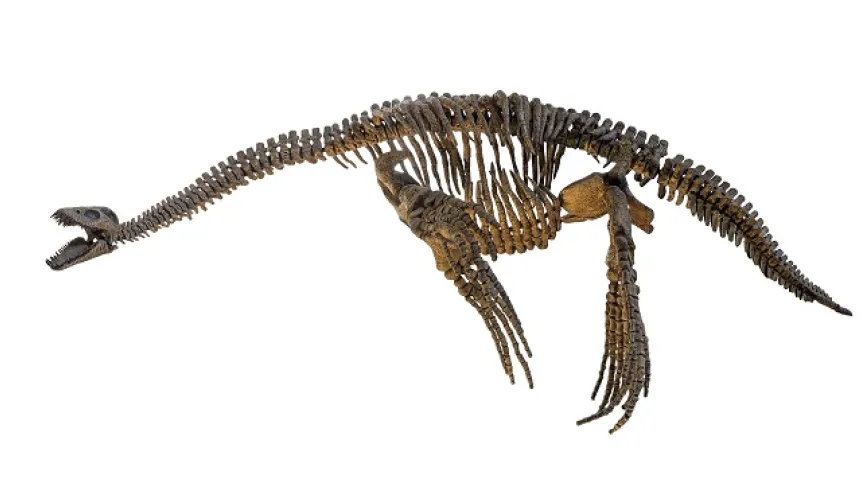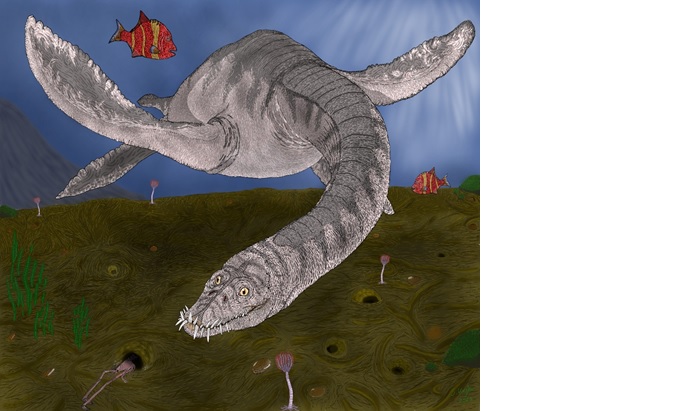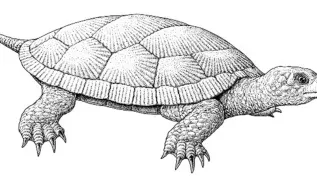
Four plesiosaur teeth from about 148 million years ago have been discovered by scientists from the Jagiellonian University and the Polish Academy of Sciences in the Owadów-Brzezinki quarry (near Sławno, Łódź province). According to the researchers, these are the first fossils of the aquatic reptiles from this palaeontological site.
Plesiosaurs were among the most common marine predators that inhabited the Earth from the Late Triassic to the Late Cretaceous (approx. 237 million-145 million years ago). They were usually 3.5 to 5 meters long, and their characteristic traits were: a long, slender neck; short body and tail, and two pairs of fins. Their main food was fish.

'These are exceptionally well-preserved teeth. Their characteristic appearance: elongated, conical shape, curved at a specific angle and visible furrows on the surface allows us to assume that they belong to plesiosaurs, probably from the Cryptoclididae family, inhabiting mainly the areas of today's northern Europe, especially England,’ Łukasz Weryński, a doctoral candidate at the Institute of Geological Sciences of the Jagiellonian University in Kraków, told PAP -Science in Poland.
The largest of these four teeth is 5 cm long. The teeth do not belong to one individual - they were found in different places in the quarry over the course of two years.
According to Weryński, plesiosaurs usually had 20 to 50 teeth in each of the mandible and the upper jaw. It is not known which part of the jaw the teeth came from. 'Determining that is quite problematic because depending on the type of plesiosaur, there is homodontic, uniform dentition, or heterodontic one, different in shape depending on the position in the jaw. Without additional material, it remains a matter of speculation.
'We do not expect to find a complete skeleton of a plesiosaur (complete skeletons of such large animals are extremely rare), but we do hope to discover more fossils,’ he says.
The largest of the four found teeth can be seen currently at a temporary exhibition in the Museum Chamber of Ore Mining in Miedzianka (near Chęciny, Świętokrzyskie province), and ultimately in the Owadów-Brzezinki Geopark in Sławno.
The Owadów-Brzezinki quarry is one of the most interesting palaeontological sites in Poland, known for exceptionally well-preserved Late Jurassic fossils of marine and terrestrial organisms, including xiphosurans (particularly rarely found in the fossil record of horseshoe crabs), insects and numerous vertebrates, such as ray-finned fish, turtles, crocodylomorphs and ichthyosaurs.
The publication in the journal PeerJ by Łukasz Weryński and Dr. Błażej Błażejowski from the Institute of Palaeobiology of the Polish Academy of Sciences is available here.
PAP - Science in Poland, Agnieszka Kliks-Pudlik
akp/ agt/ kap/
tr. RL













